15 Popular Tourist Spots That Disappointed Travelers In 2025
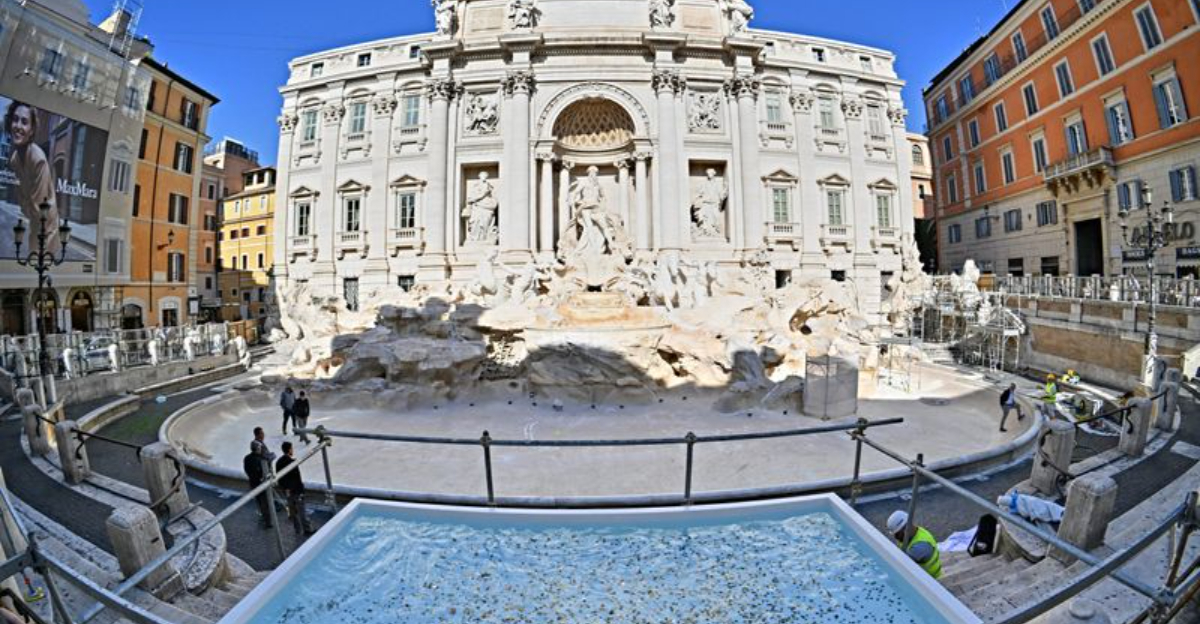
We’ve all seen the dreamy Instagram photos and glossy travel brochures—sunset shots over historic ruins, sparkling city skylines, or picture-perfect beaches. But what happens when you finally get there… and it’s packed with tourists, surrounded by souvenir stands, or just smaller and duller than you imagined?
You’re not alone. In 2025, thousands of travelers shared their honest thoughts about some of the world’s most iconic landmarks—and let’s just say, not all of them were blown away. Some felt underwhelmed, others downright disappointed.
From overcrowded monuments to overly commercialized attractions, these spots prove that hype doesn’t always equal reality. Curious which famous places left visitors thinking, “Was that it?” Let’s explore the landmarks that didn’t quite deliver—and why you might want to rethink adding them to your bucket list.
1. Times Square, New York: Crowded Chaos Not Worth the Hassle
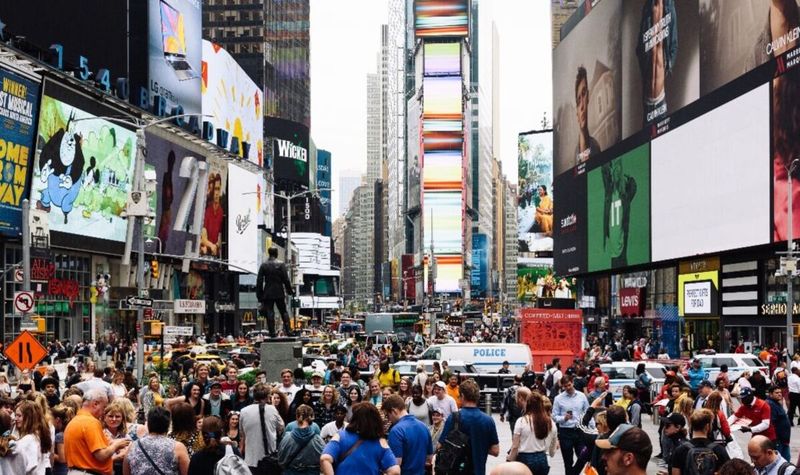
What was once the glittering heart of Manhattan has become an overwhelming crush of people and blinding advertisements. Visitors in 2025 complained about the impossibility of moving freely through the area, with some reporting wait times of up to 45 minutes just to cross the street!
The famous New Year’s ball drop viewing areas now require expensive tickets purchased months in advance. Street performers aggressively demand money for photos, and the promised “Broadway magic” feels lost amid chain restaurants and souvenir shops.
Several travelers mentioned feeling unsafe despite increased security measures, with pickpocketing incidents at an all-time high.
2. Taj Mahal, India: Beautiful Building, Terrible Experience

The marble masterpiece still stands as breathtaking as ever, but the visitor experience has deteriorated dramatically. Extreme heat waves in 2025 made the required shoe removal painful as tourists hopped across scorching marble that reached 120°F during summer months.
Lines stretched for hours with minimal shade, and the new tiered pricing system shocked many international visitors who discovered basic entry fees had tripled overnight. Inside, the constant pushing and shoving made peaceful contemplation impossible.
Many travelers reported that security guards demanded unofficial “photography fees” to take pictures in certain areas, despite official policies stating otherwise.
3. Blue Lagoon, Iceland: Artificial Pool Loses Its Magic
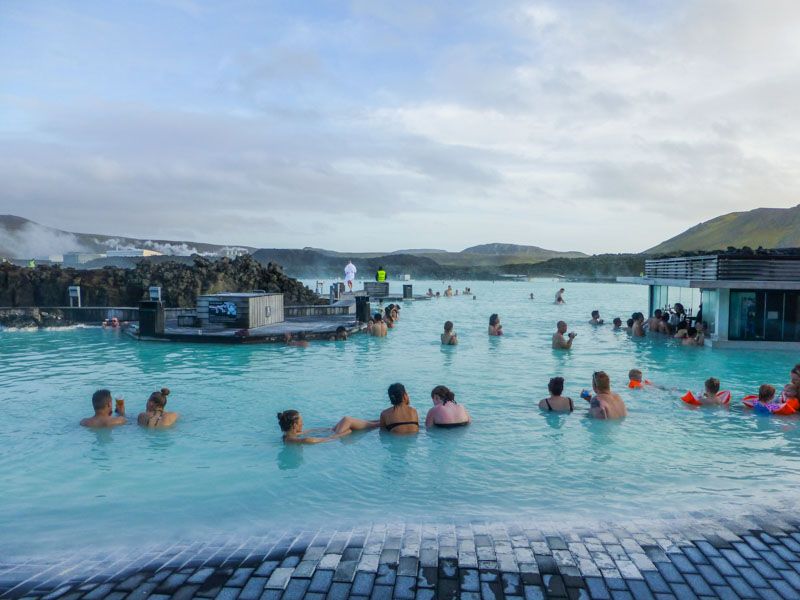
Iceland’s famous geothermal spa has fallen victim to its own popularity. Advance booking requirements now stretch six months ahead, and the 2025 price hike put the basic experience at over $120 per person for just two hours of access.
The lagoon itself feels more like a crowded public pool than a natural wonder, with designated “Instagram spots” that visitors must queue for. Algae issues plagued the facility throughout much of 2025, giving the water an unappealing green tint rather than the advertised milky blue.
Did you know the Blue Lagoon isn’t even natural? It’s actually runoff water from the neighboring geothermal power plant – a fact many disappointed visitors discovered only after arriving.
4. Hollywood Walk of Fame, Los Angeles: Dirty Sidewalk of Broken Dreams
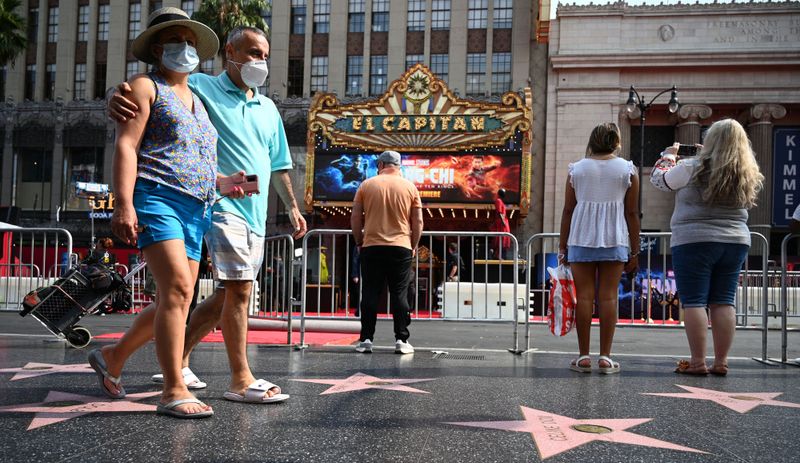
Hollywood’s legendary sidewalk continues to crumble both physically and metaphorically. Visitors in 2025 were shocked by the deteriorating stars, with many cracked, damaged, or covered in grime and litter despite the area’s recent “revitalization” project.
Aggressive costumed performers follow tourists demanding payment for photos, creating an uncomfortable atmosphere that many described as “borderline threatening.” The surrounding area feels increasingly unsafe, with travelers reporting open drug use and harassment.
Finding specific stars proved nearly impossible without paying for the official app, which itself was plagued with technical issues throughout 2025. Most visitors spent less than 15 minutes before deciding to leave.
5. Checkpoint Charlie, Berlin: Historical Site Turned Tourist Trap
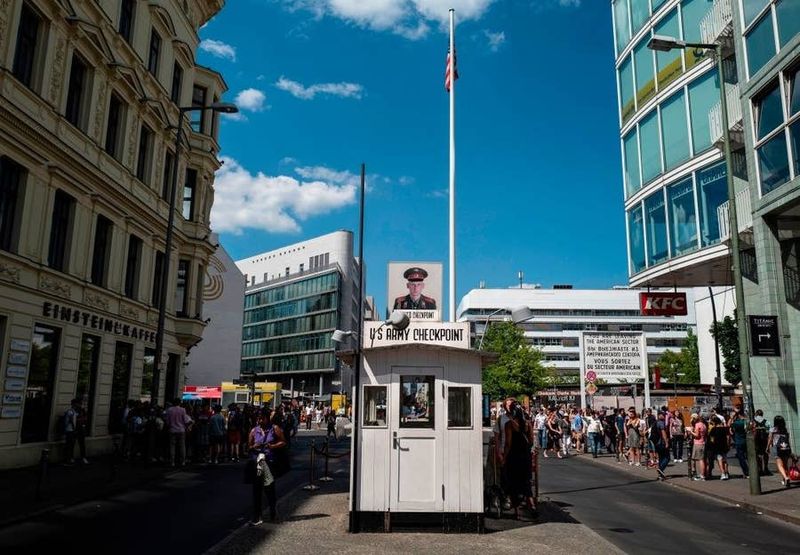
This once-powerful symbol of Cold War division has devolved into a commercialized caricature of history. Visitors in 2025 found the historical significance buried beneath souvenir shops selling fake Soviet memorabilia and actors dressed as American soldiers charging €10 for photos.
The modest museum nearby now requires timed entry tickets purchased days in advance, with prices that doubled since 2024. Many travelers noted that informational plaques were outdated or historically questionable.
If you’re hoping to learn about Berlin’s divided past, you’ll find more authentic experiences at the Berlin Wall Memorial or the East Side Gallery. Checkpoint Charlie has sadly sacrificed historical integrity for commercial gain.
6. Stonehenge, England: Distant Views and Disappointing Access
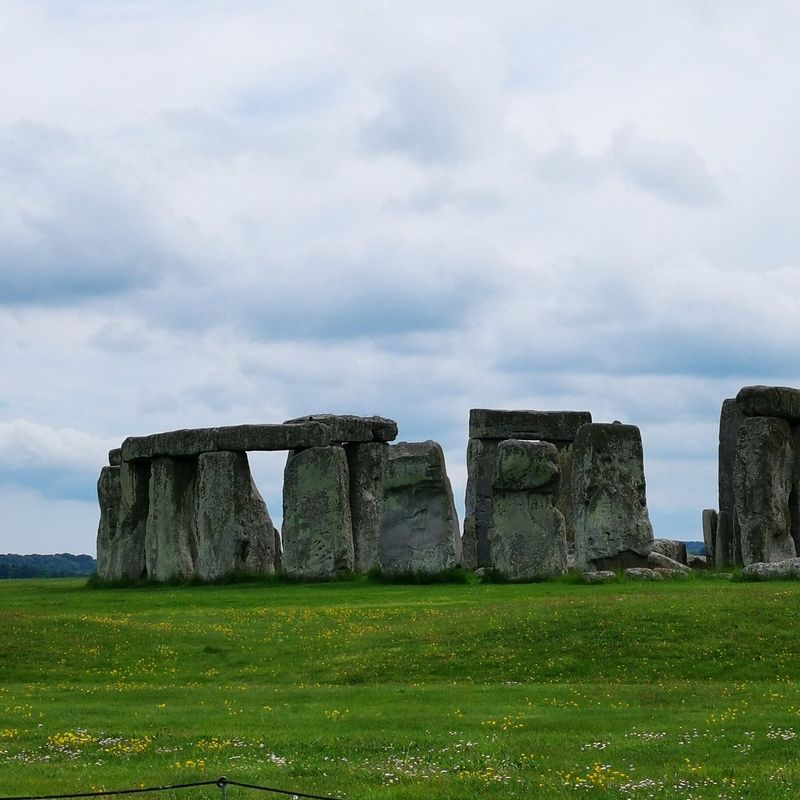
The mysterious stone circle continues to frustrate visitors who are kept far from the actual monument. In 2025, the viewing distance was increased yet again, with the closest public path now positioned nearly 50 yards from the stones.
Special access tickets that allow visitors to walk among the stones sold out 14 months in advance, leaving most tourists viewing the ancient wonder from what feels like another postal code. The visitor center, while informative, couldn’t compensate for the disappointment of seeing Stonehenge as tiny rocks on the horizon.
Weather conditions in England’s increasingly rainy climate meant many 2025 visitors saw little more than fog-shrouded silhouettes, despite paying the £35 entrance fee.
7. Loch Ness, Scotland: Monster-Sized Disappointment
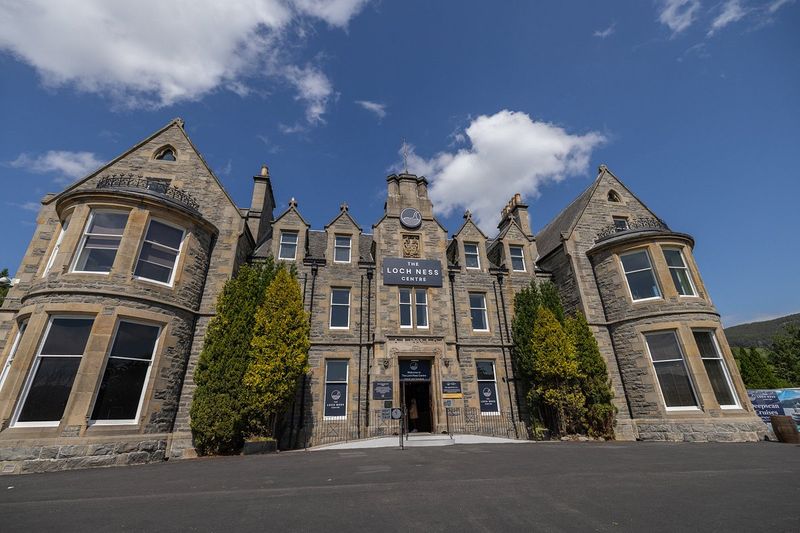
Scotland’s famous lake failed to deliver the mystical experience many travelers hoped for. The much-anticipated Loch Ness Center reopened in 2025 with interactive exhibits that visitors widely panned as “childish” and “scientifically questionable,” focusing more on gift shop merchandise than actual history or ecology.
Boat tours doubled in price but halved in duration compared to previous years. Many captains spent more time promoting souvenir photos than sharing information about the loch itself.
The surrounding area has become increasingly commercialized, with one visitor counting seven different Nessie-themed fast food restaurants along the main road. The natural beauty remains, but it’s increasingly hidden behind tourist traps and overpriced attractions.
8. Grand Bazaar, Istanbul: Authentic Market Lost to Tourism
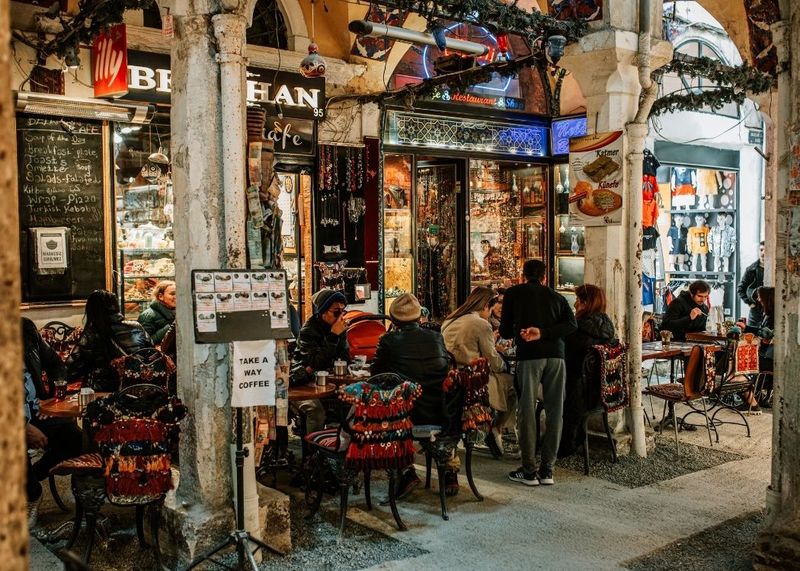
Istanbul’s historic market has lost much of its authentic charm. Visitors in 2025 found that nearly 70% of shops now sell identical mass-produced souvenirs rather than traditional Turkish crafts. The famous haggling experience has morphed into aggressive sales tactics that many travelers described as harassment.
Food prices within the bazaar reached absurd levels, with a simple Turkish coffee costing five times more than at cafés just two blocks away. The maze-like structure that once made exploration exciting now feels designed to trap tourists in high-pressure sales environments.
Local shoppers have largely abandoned the Grand Bazaar for more authentic markets elsewhere in the city, leaving behind a hollow shell of what was once one of the world’s greatest marketplaces.
9. Széchenyi Baths, Budapest: Overcrowded Pools and Hygiene Concerns
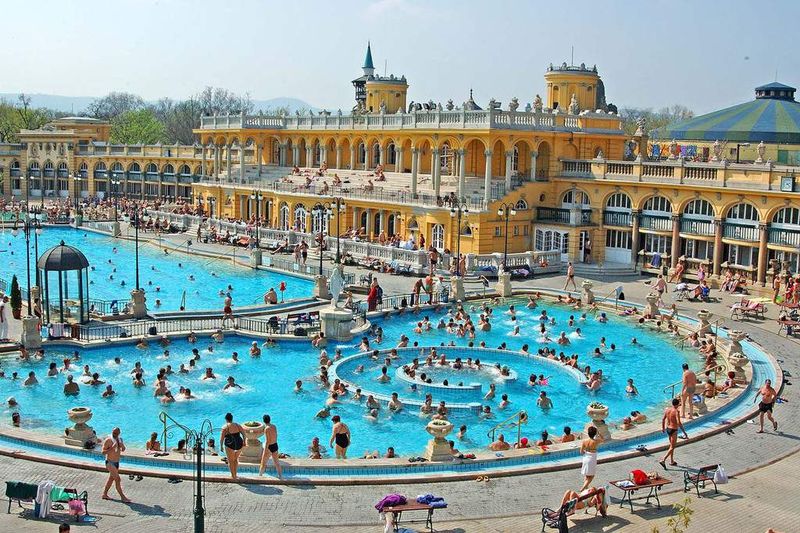
Budapest’s largest thermal bath complex has sacrificed relaxation for profit. Visitors in 2025 reported the facility regularly exceeds reasonable capacity, with some thermal pools so crowded that finding space to sit became impossible.
The historic architecture remains stunning, but maintenance issues have become apparent. Chipped tiles, inconsistent water temperatures, and concerns about cleanliness dominated reviews. Many travelers mentioned witnessing staff performing only cursory cleaning between high-volume visitor shifts.
The new electronic bracelet system intended to streamline entry instead created confusion and long waits. Several visitors reported unexpected charges appearing on their accounts after their visit, with customer service proving difficult to reach for resolution.
10. Siam Park, Tenerife: Water Park Woes and Endless Queues
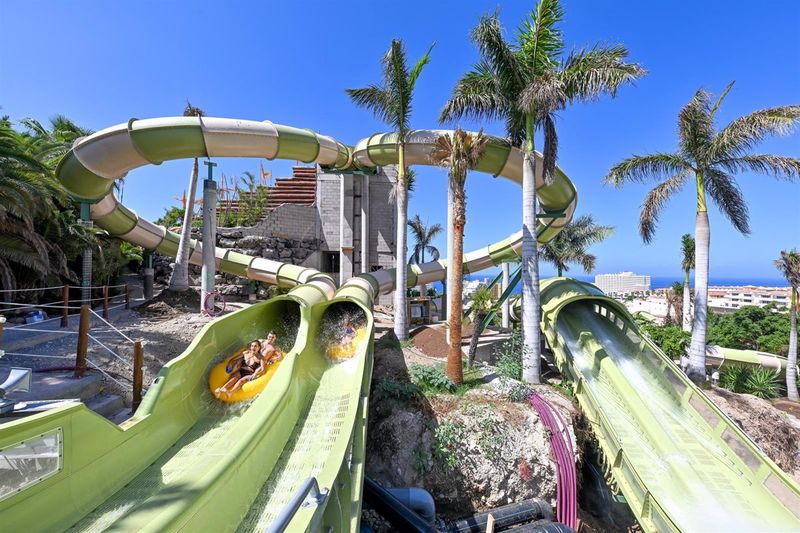
This once-celebrated water park has fallen from grace in spectacular fashion. Wait times for popular slides reached an astonishing three hours during summer 2025, with minimal shade in queue areas leaving visitors sunburned and dehydrated.
The park’s controversial new pricing structure eliminated all-inclusive options, forcing visitors to pay separately for locker rentals, food, and premium areas. Many families reported spending over €300 for a day that consisted mostly of waiting in lines.
Water quality issues surfaced throughout 2025, with multiple temporary closures of pools and attractions for “maintenance.” Several visitors noted that staff seemed overwhelmed and undertrained, with safety protocols inconsistently enforced at high-thrill attractions.
11. Alton Towers, United Kingdom: Aging Theme Park Past Its Prime
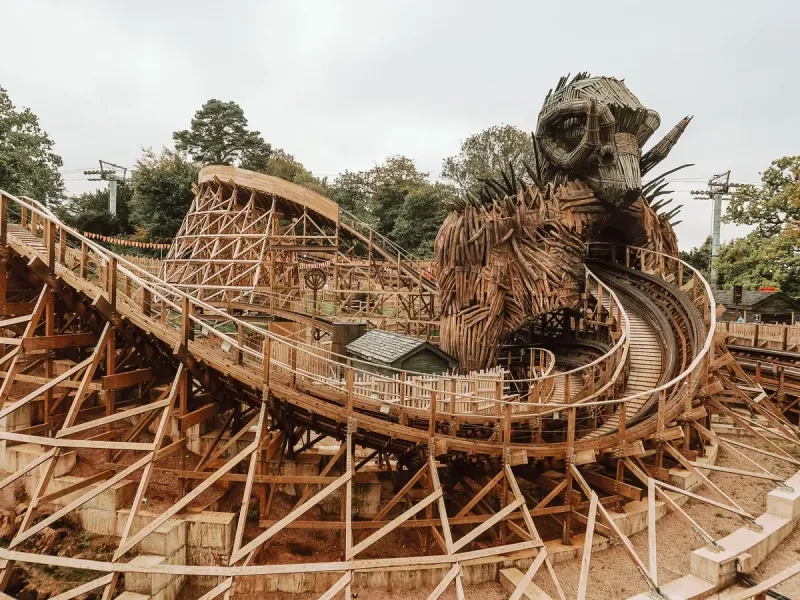
The UK’s most famous theme park struggled to maintain its appeal in 2025. Visitors found that despite ticket price increases, ride closures became routine rather than exception. On typical days, 3-4 major attractions remained closed for “technical difficulties” with no prior notice or compensation offered.
Food quality plummeted while prices soared, with many guests reporting cold meals and limited options. The park’s aging infrastructure showed through cracked pathways, peeling paint, and outdated theming that hadn’t been refreshed in over a decade.
The new virtual queue system, meant to reduce wait times, instead created confusion and frustration as the app crashed repeatedly throughout the day. Many families left early, questioning whether the experience justified the £75 per person entry fee.
12. Trevi Fountain, Rome: Coin Toss in a Human Sea
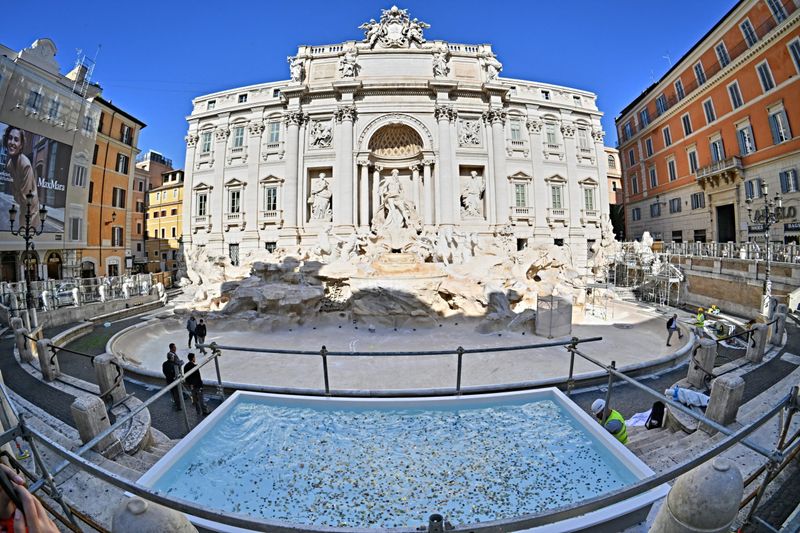
Rome’s iconic fountain has become nearly impossible to enjoy amid the crushing crowds. Visitors in 2025 reported waiting up to 90 minutes just to approach the fountain’s edge for the traditional coin toss, only to be hurried along by security after mere seconds.
The surrounding piazza transformed into an obstacle course of selfie sticks, unauthorized vendors, and pickpockets targeting distracted tourists. New barriers installed to “protect” the fountain actually detracted from its beauty while creating bottlenecks that made the crowd situation worse.
Evening visits, once recommended for a more peaceful experience, now feature garish lighting shows sponsored by various brands, with the fountain’s natural beauty obscured by projected advertisements several times per hour.
13. Mount Everest Base Camp, Nepal: Environmental Disaster and Luxury Pricing
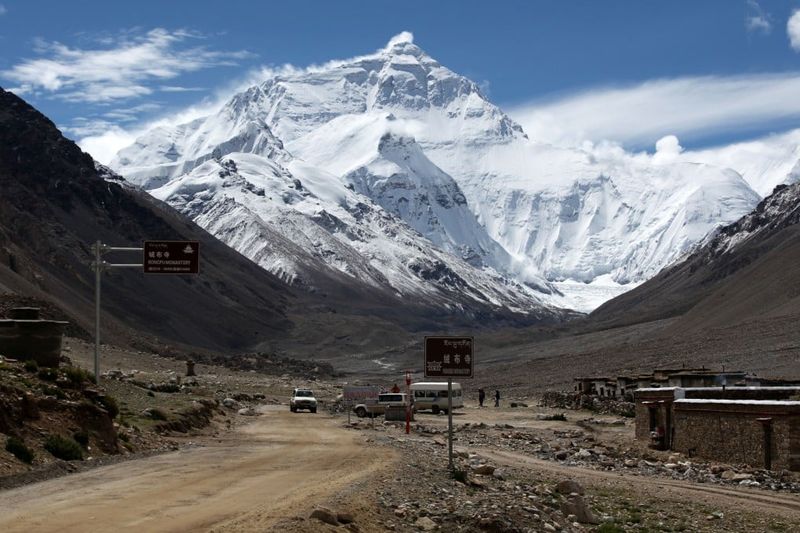
The journey to Everest Base Camp has lost its sense of adventure and environmental respect. Trekkers in 2025 found the trails overcrowded with both hikers and construction equipment, as luxury accommodations replace traditional teahouses along the route.
Trash management problems reached crisis levels, with some sections of trail resembling open landfills despite the new “eco-fee” charged to all visitors. Many hikers reported feeling physically ill from the visible pollution in what should be pristine mountain environments.
The final disappointment came at Base Camp itself, which now features roped-off viewing areas and time limits enforced by guards. The sense of accomplishment many sought was diminished by finding a commercialized experience rather than a mountaineering milestone.
14. Dubrovnik City Walls, Croatia: Game of Crowds
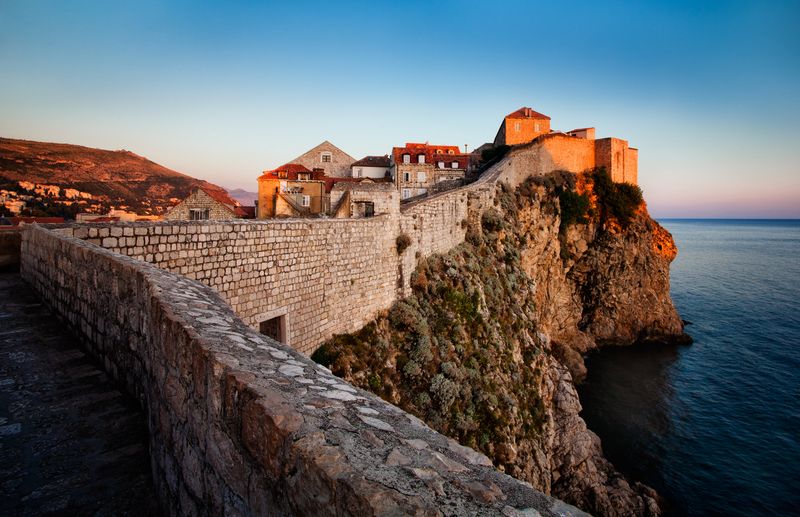
The ancient walls of this medieval city have become victims of their TV fame. Visitors in 2025 faced strict time slots that allowed only 45 minutes to walk the entire 2km circuit – barely enough time to take photos, let alone appreciate the history or views.
Summer temperatures on the exposed stone walls reached dangerous levels, yet water vendors were removed to “preserve authenticity.” Several tourists required medical attention for heat-related issues each day during peak season.
The Game of Thrones connection overshadowed actual history, with official guides focusing almost exclusively on filming locations rather than the city’s rich past. Many visitors noted that the walls themselves showed signs of damage from overtourism, with worn steps and crumbling sections roped off rather than restored.
15. Mona Lisa at the Louvre, Paris: Tiny Painting, Massive Letdown
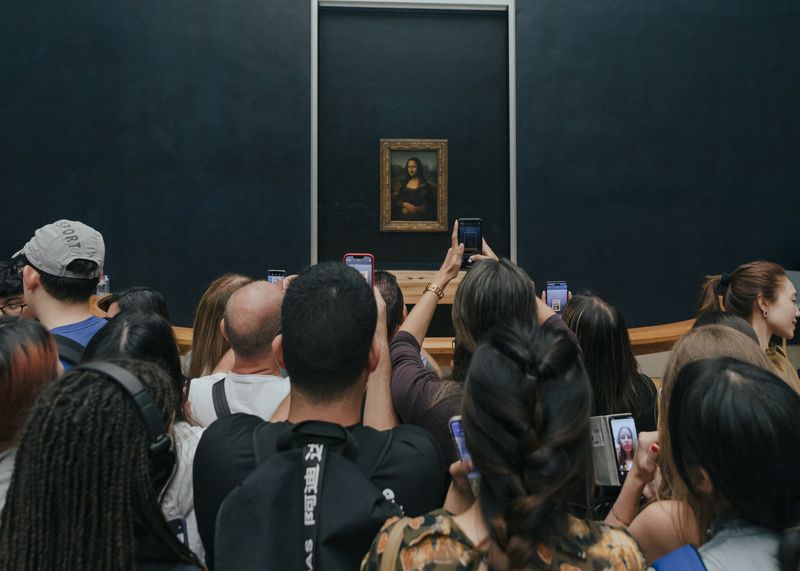
Leonardo’s masterpiece continues to be the world’s most disappointing art experience. The Louvre’s 2025 renovation actually made viewing conditions worse, with the painting now displayed behind additional layers of protective glass that create glare from every angle.
Visitors waited in a dedicated queue averaging 2 hours just to enter the room, only to be allowed approximately 20 seconds in front of the artwork before being moved along by staff. The painting itself appeared smaller than ever, displayed at a distance that made appreciating details impossible.
The museum’s decision to allow premium ticket holders priority viewing created a two-tier system that left standard visitors feeling like second-class patrons. Most described the experience as “seeing the backs of phones rather than the actual painting.”
